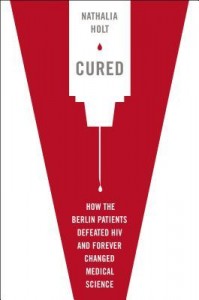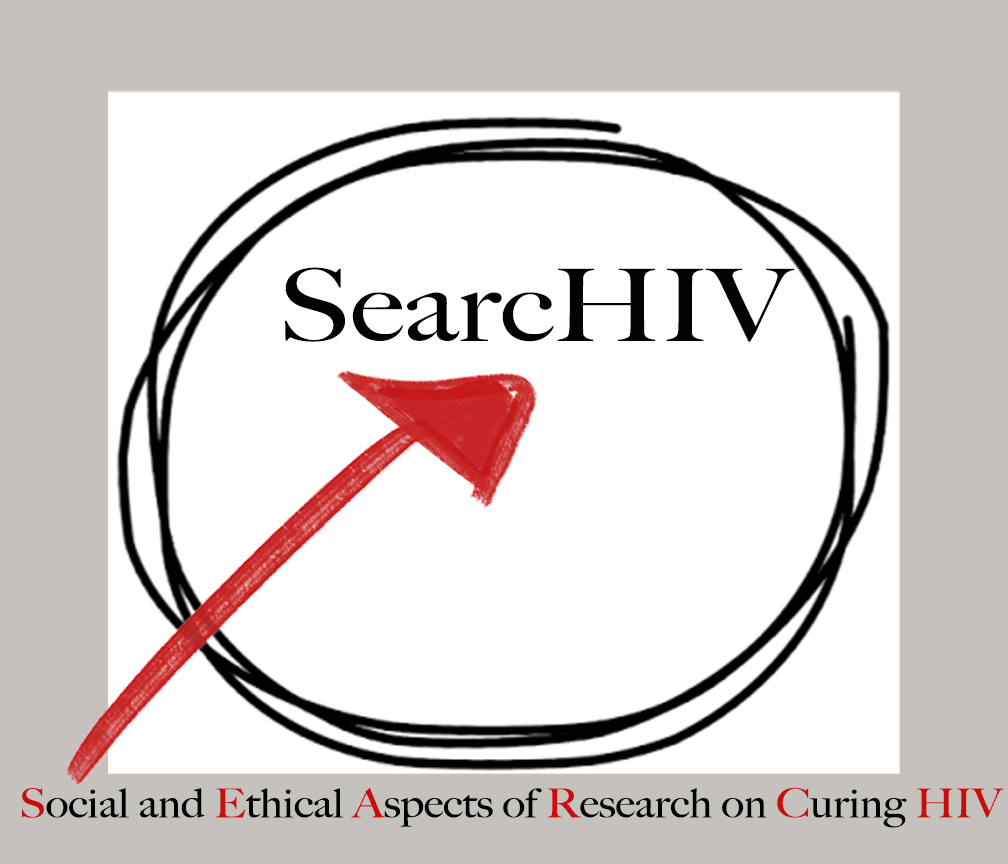by Qingyan Ma PhD

Cured: How the Berlin Patients Defeated HIV and Forever Changed Medical Science by Nathalia Holt (click here) is the first monograph that detailed the personal struggle of the Berlin Patient, Timothy Brown, and his doctor, Gero Hütter, on the pioneering trial that resulted in the eradication of HIV and leukemia from Timothy Brown’s body. Moreover, being a medical researcher herself, Holt was able to situate the personal endeavor of Timothy Brown, Gero Hütter, Christian Hahn (a pseudonym used for another patient who was cured of HIV through initiation of ARV in his early stage of HIV infection) and Heiko Jessen (Hahn’s physician) in the larger scientific community. Holt not only provided background of HIV/AIDS epidemic, but she also traced the genealogy of generations of scientists and physicians working on HIV medication and eradication in the United States and in Europe. Although the New York Times book review (click here) commented on Holt’s using of “cured” in the title of a book about AIDS as “risky”, it also highlighted that it was Holt’s intention to present the experiences of the two Berlin Patients to inspire future research and to bring hope to patients.
There are several values to this book. From the perspective of educating HIV-infected individuals and the general public, Holt successfully decoded medical jargons to plain language that non-medical professionals can understand. For example, she used metaphors such as “HIV like trained assassin” which kills “commander” T-cells to vividly portray the complicated process of how the virus takes over the healthy cells. By doing so, Holt’s book was able to illustrate how the stem cell transplantation worked in eradicating HIV inside Timothy Brown. Secondly, Holt contextualized the recent success of the two Berlin Patients in the historical development of scientific research. Because of this readers can know “cured” was not an isolated case or purely coincidental, but it is the continuity of previous research and will be the predecessor for future progress. Thirdly, Holt’s mixture of interviews, narratives of life history, and observations of scientific communication brought to life the whole picture of how “cured” was achieved. According to Holt, “cured” is not just a scientific triumph, but also a personal victory. Finally, from the perspective of science and technology studies, her position as an insider granted her the privilege to present the shifting of trend in research, struggle for funding and politics of scientific research to outside readers.
Overall, Holt’s book is a good start towards informing the general public with more in-depth information of HIV cure. She presents an inspiring story of how the physicians, researchers and patients fought against HIV in the US and Europe. However, HIV/AIDS is a global epidemic, which is more severe in resource-limited settings. How the success as shown in the Berlin patients, Visconti cohort, and the advancement in medical research presented by Holt can reach HIV-infected individuals in poor countries is another challenge that researchers, policy makers and funding organizations need to face. Moreover, ethical concerns of recruiting patients for clinical trials of HIV cure are another challenge that Holt briefly touched upon. Addressing the ethical concerns can be another reason that the Berlin patients “forever changed medical science”.

